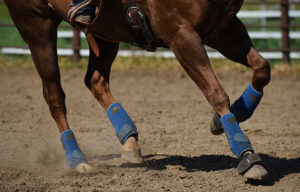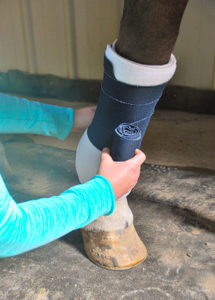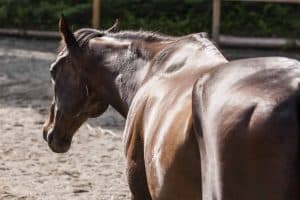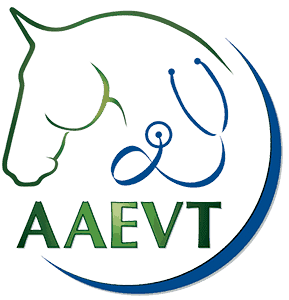Applying Pasture Analysis
- Topics: Article, Disaster Recovery, Pasture and Forages
Forage is the foundation. It’s practically an equine nutrition mantra, emphasizing the role of pasture or hay as the basis for any horse’s diet. To balance all aspects of your mount’s diet, from forage to grain and concentrates, you must know forage nutrient levels. To this end, if your horse spends part or all of his time on pasture, your equine nutritionist or veterinarian might recommend a pasture analysis.
Such an analysis is also helpful if you want to assess a pasture’s quality (nutrient value), learn how to improve it, or maximize its use, according to Bob Coleman, PhD, associate director for undergraduate education in equine science and management and extension horse specialist at the University of Kentucky. "There are two ways to analyze pastures," he says. "One is looking at the plants and how the pasture is managed, and the other is taking samples for nutrient analysis."
You’ll want to solicit advice from your local extension agent or an equine nutritionist to interpret both pasture content and analysis numbers, says Paul Siciliano, PhD, an associate professor in North Carolina State University’s department of animal science, who compares deciphering a pasture sample without an expert’s help to trying to repair your car with just a manual. "Without some background and experience you may do more harm than good," he says. "The important things are to first get a good sample; second, get some help to interpret the result; and third, figure out how to apply that information
Create a free account with TheHorse.com to view this content.
TheHorse.com is home to thousands of free articles about horse health care. In order to access some of our exclusive free content, you must be signed into TheHorse.com.
Start your free account today!
Already have an account?
and continue reading.
Written by:
Heather Smith Thomas
Related Articles
Stay on top of the most recent Horse Health news with















